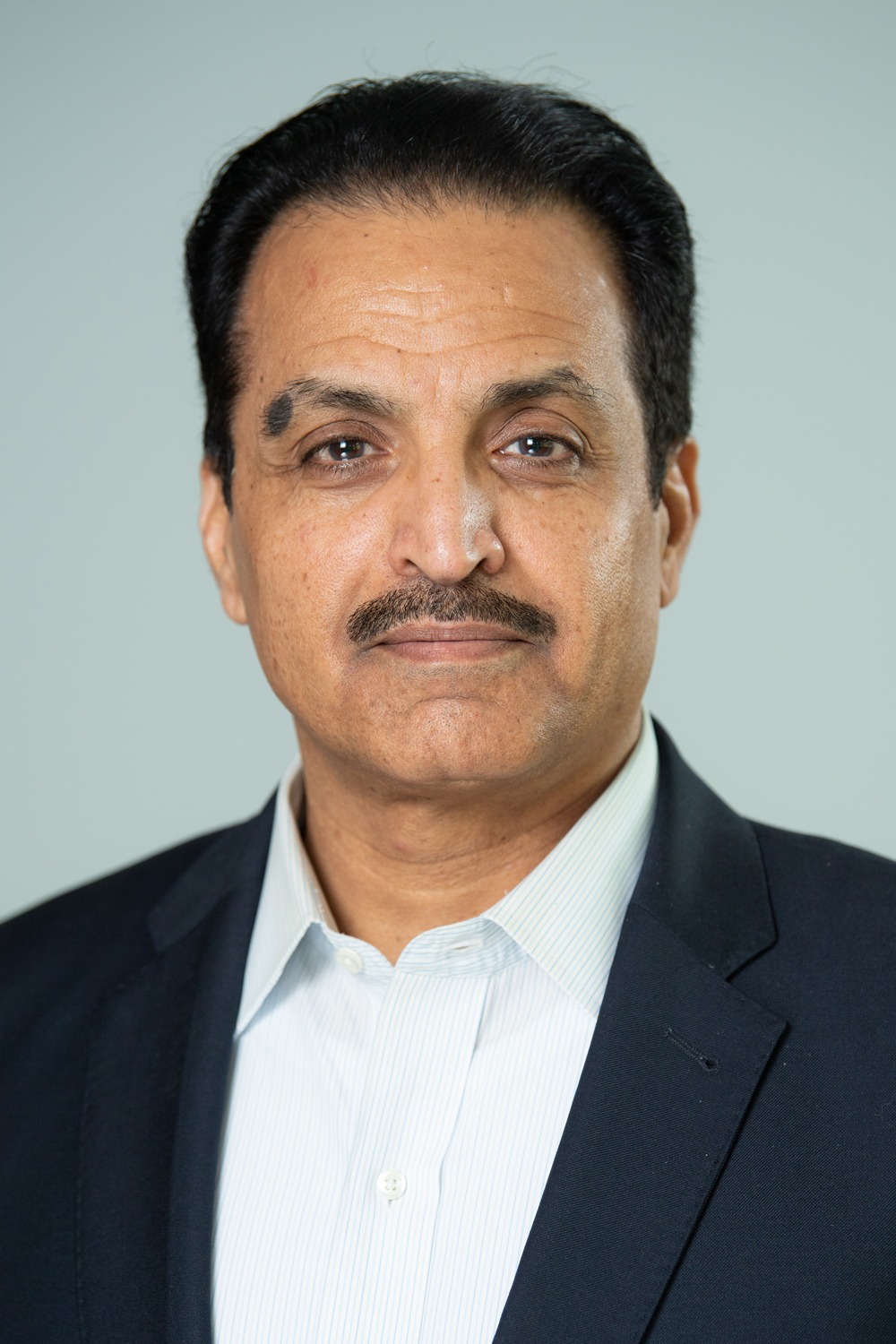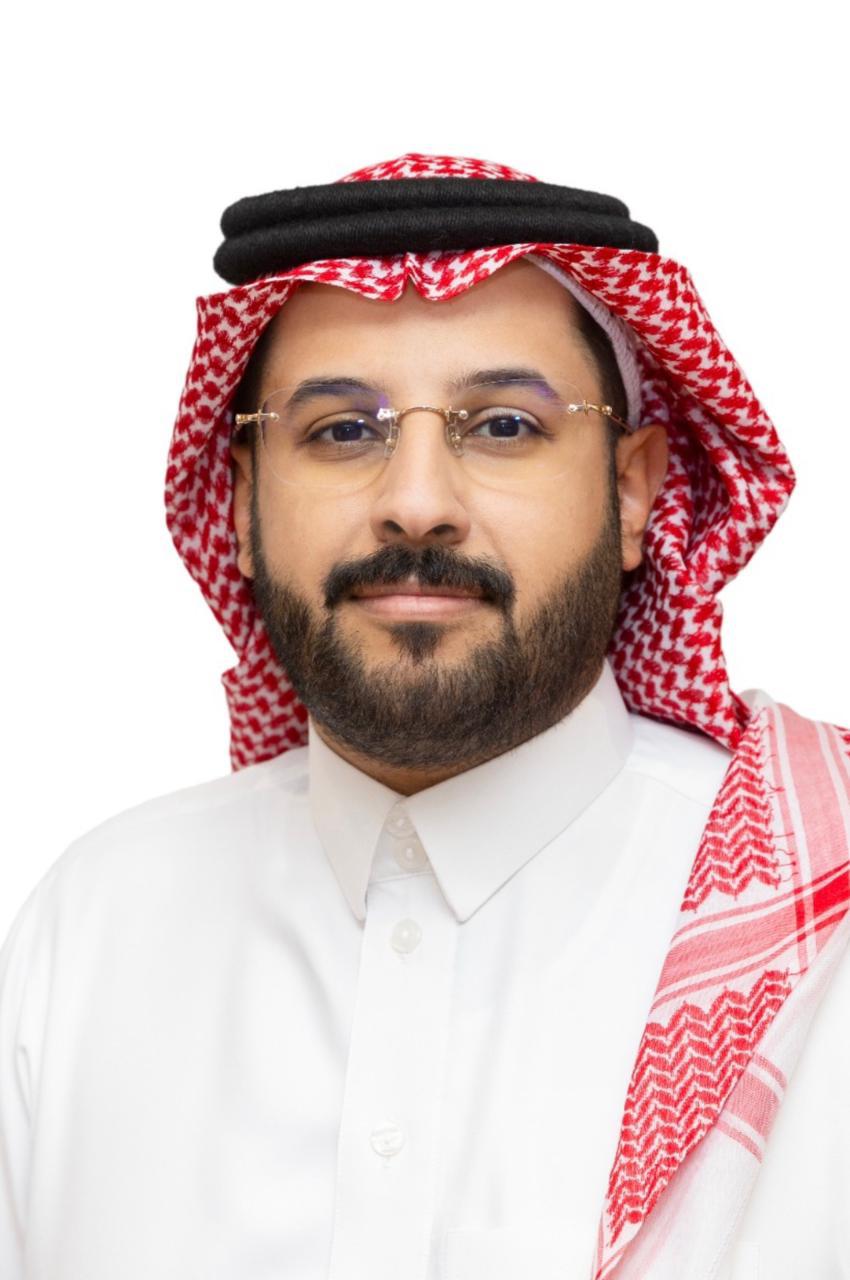Publisher: Maaal International Media Company
License: 465734
Digital infrastructure can reshape global energy supply chain dynamics
Global events have illustrated the importance of reliable energy, as well as the complex nature of oil and gas supply chains. Flexibility and efficiency are key, and technology is playing a crucial role in enhancing both.
The energy sector has had to overcome unprecedented challenges in recent years, from the COVID-19 pandemic and conflict in Ukraine to Red Sea shipping disruption. Reliable energy is a basic need for people worldwide who depend on it to live, work, and do business. As such, the resilience and efficiency of energy supply chains are vital.
Even under normal circumstances, the oil and gas supply chain is remarkably complex. The industry has suppliers in around 130 countries, and materials must be shipped all over the world to precisely where they’re needed — often on tight schedules. According to recent research[1], better management of supply chain risk can reduce industry costs by as much as 15%. In this context, the potential benefits of increased automation and improved use of real-time data are significant.
اقرأ المزيد
That’s why Aramco has embarked on a digital transformation of our supply chain network, creating an e-marketplace for suppliers, building a procurement and supply chain “control tower” to improve visibility over the entire system, and boosting automation to 99% for some of our critical procurement processes. Finally, we created the first digital twin of an oil and gas supply chain, saving millions of dollars. The challenge is to stay abreast of emerging technologies and continually evolve our ecosystem.
Creating a groundbreaking digital supply chain
In 2018, we created an automated e-marketplace for suppliers. Previously, suppliers submitted bids by physically taking paperwork to our offices. The e-marketplace enables digital submissions, which became hugely important when the COVID-19 pandemic made physical bid delivery impossible. Suppliers now submit virtual bids, making the system faster and more efficient.
We have also used robotic process automation (RPA) to streamline procurement processes. These “robots” are software, or artificial intelligence (AI) agents, that carry out tasks automatically. Using them, we have reduced a 30-day procurement process to nine or even seven days.
The e-marketplace was followed by the launch of our control tower, which uses scalable, agile cloud software to adapt to our changing needs. This is combined with AI and data analytics, radically improving supply chain monitoring and enabling real-time responses to delays or disruption.
Sensors on ships and in containers provide constant updates, and instant data transfer and analytics tools combine to quickly determine what measures could be taken in response to an unforeseen event. For example, it might make sense to offload ship cargo at port and complete a delivery by air or to replace it with a new order entirely. Whichever option we take, we can instantly notify the customer of the updated arrival information.
In addition, we now have a digital twin of the entire procurement and supply chain process. People typically think of a digital twin as a virtual replica of a physical asset, such as plant machinery. In our case, the digital twin replicates a process — end-to-end operations from demand forecast to final customer delivery. Created using data on every aspect of the supply chain, the digital twin uses AI to model scenarios, such as estimating demand fluctuations. This gives more accurate predictions of unfolding events, while allowing us to prepare for unlikely outcomes. The first phase, which estimates demand, has already saved millions of dollars through better inventory management, and more capabilities are coming soon.
Ours is the first digital twin of an oil and gas supply chain to cover procurement, logistics, inventory, and warehouse management. We have filed for four patents on elements of the system, with a view to commercializing our digital approach to procurement — and later extending it to other processes.
Going beyond IT
Digitalization has been a great success: Gartner’s digital maturity assessors[2] awarded us a score of five out of five. However, digital transformation cannot be achieved with IT alone; it requires people. That starts at the top, and Aramco’s President & CEO has emphasized the importance of digital transformation across the company. Reflecting our culture of developing employees, many have been re-skilled and upskilled to get the most out of cutting-edge digital systems. Digital training has even extended to our suppliers, enabling them to use the online marketplace.
We view our digital transformation as a continuous journey, reflecting the fact that technology is always evolving. The key is to stay up-to-date to identify which new and emerging solutions can most effectively drive procurement and supply chain efficiency. In a world that depends on reliable energy supplies, a robust oil and gas supply chain is essential. Reinforcing these crucial networks through the deployment of cutting-edge technology is not a luxury but an absolute priority for the industry.
*Mohammad A. Al Shammary is a Senior Vice President of Procurement & Supply Chain Management at Aramco.






